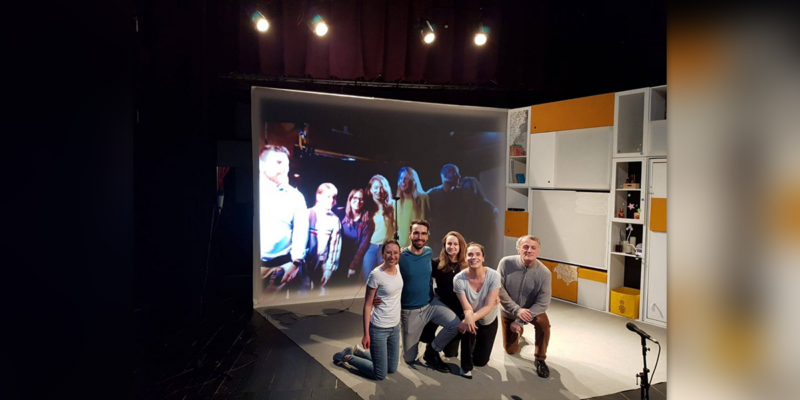The Future Is Here
 Over the last couple of months, a lot of the articles here on rAVePubs have had to do with new technology adoption, and the costs involved with being either too early or too late with any new technology.
Over the last couple of months, a lot of the articles here on rAVePubs have had to do with new technology adoption, and the costs involved with being either too early or too late with any new technology.
I am a long-suffering “Innovator” (for those of you who have read Crossing the Chasm, something I heartily recommend) and I have the arrows in my back to prove it. I am the eternal technological optimist, usually ready to believe that a new technology will change everyone’s life, and willing to help it become so. Because of that, I have gotten to ride the wave of several new technology revolutions, but in the process also nearly been drowned by some of those waves. But I press on, encouraged enough by those that were successful to keep my enthusiasm. In fact, my favorite email signature is a quote from William Gibson that tells us: “The future is already here, it’s just not evenly distributed.”
And I am a distributor.
One of the things that I have always loved about the rental and staging portion of our industry is that we were by our very nature the purveyors of the newest technologies, the people that our clients looked to for an introduction to the latest and greatest. In fact, I have frequently complained that in our industry the typical AV company’s rental department is often treated as the vehicle for technology demonstrations for the sales department.
However, in considering some of this month’s articles, I wonder if that still holds true?
It seems to me that a number of impediments now exist to the rental department doing what it is always done, namely to be the first part of the company to bring in new technologies and market them to their clients. Some of these are:
Technology is ephemeral — in this world of 90 day model changes, and electronic technologies that hit the market, make a splash, but are then quickly replaced by yet another 90 day wonder, can the rental department anymore afford to take the risk on new technologies? And, if we don’t, are we ceding our place as the technology people are clients rely on to explain new things to them?
Technology “branches” — Another great technology risk is now having the correct technology idea but from the wrong vendor. 10 to 15 years ago when a new technology was released, it typically came from one or two companies with which we had long-standing relationships. We attempted to standardize our technology inventory and our training around long relationships with important manufacturers. Today, however, a new technology is likely to hit the market from people that we have never heard of, who may have experience in another field but not ours. they may last, and they may not, so it is difficult to decide whether one can bank on them. On top of this, any new technology introduced this way is likely to immediately have a dozen or so competitors.
Technology that replaces the meeting altogether — Over the last 15 years, lots of technologies have become available to supplement the meeting, and we have learned to deal with them and market them. For instance, when videoconferencing became widespread, a lot of people in the rental industry were afraid that it would replace the public meeting. However, experience tells us that those meetings not only continued, they increased, and we learned to market videoconferencing equipment as part of our rental package to accommodate those meetings. Today, however, even the companies that marketed videoconferencing to us are pushing harder at replacing the meeting altogether, whether it happens via telepresence or in person. Many of these new technologies are web-based, require no hardware other than the computer that’s sitting on their desk already, and are relatively painless to implement. Think about what has happened with improvements to Outlook, and its contemporaries like Cisco’s Spark, technology packages which accommodate meetings but also create nonlinear, threaded communications that can take the place of in person meetings. These companies first marketed videoconferencing as a timesaver that cut out travel time. Now, many of the new marketing efforts seem aimed at making schedules more flexible by making the meeting completely nonlinear, allowing people to “attend” at whatever time they care to. Although we continue to market these technologies within meetings (often now accommodating them through additional big screens that display incoming content to the group), as they become more widely adopted, they will certainly cut down on the number of in person meetings, most especially the smaller ones at first.
So, as usual, I throw the question open for those of you in the meeting rental business. How are you helping your company stay relevant to your clients in a time of increasingly rapid technological change that borders on technological chaos at times?
Next month, we will talk with a number of rental managers about these questions and try to determine if we are still collectively distributing the future.
Stay tuned.




